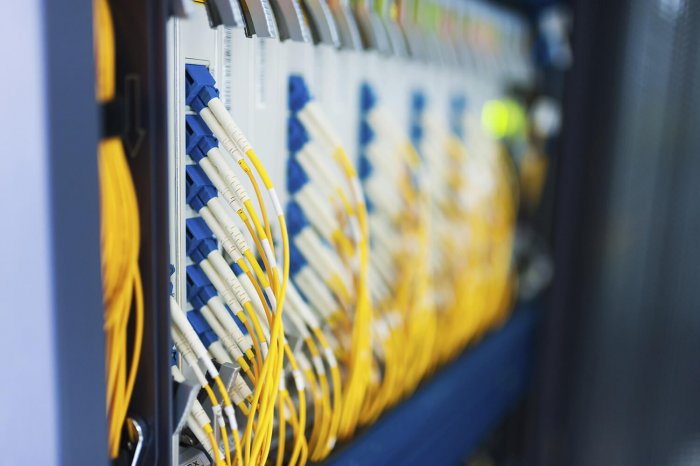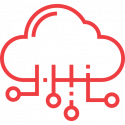
Blockchain: What is it?
Until now, blockchain has essentially been limited to the world of finance. That is where it was born, invented to create a decentralised currency: the famed Bitcoin. But here and there, we are seeing attempts to use it in industries that were previously unaffected by the phenomenon.
But ultimately, what is blockchain?
It is a technology that allows the operational maintenance of a decentralised and tamper-proof database: each user has a copy of this database, thus ensuring that its integrity is not compromised. Like a ledger, data accumulates in the form of blocks (hence “blockchain”). No intermediary intervenes, the blockchain is peer-to-peer, and each user is able to monitor it. It is therefore easy to grasp that the larger the number of users, the more secure the blockchain is, since mutual supervision increases.
Apart from cryptocurrencies, to what uses is blockchain being put at present?
A number of practical applications already exist:
Blockcerts provides 3 groups (schools, graduates, employers) with a blockchain aimed at certifying that an individual has the qualification they claim to have.
Everledger offers a list of diamonds in a blockchain: serial number, metadata, and, of course, the name of the owners are recorded.
But above all, food manufacturers have managed to reach an agreement setting up to guarantee the traceability of supplies. Recent food scandals (contaminated eggs, horse meat, etc.) confirm the need to trace these supplies in a way that is tamper-proof, in order to guarantee food safety and provide consumers with information. Blockchain is inherently suited to meet this need.
And what are the uses for the telecom industry?
One thing is certain, Orange believes in the blockchain. At the end of 2015, Orange acquired a stake in Chain, alongside financial giants such as Visa and Citi. Chain offers to design, deploy and operate a tailor-made blockchain network for large institutions.
Have you heard of the Orange’s Chainforce? It is an entity under the leadership of Orange Silicon Valley, which promotes and encourages the use of blockchain. The team behind this project aims to link local start-ups with institutions open to this type of initiative. The projects that have been launched are pilots with relatively short development cycles (8 to 12 weeks). A great move by Orange to bring start-ups and major groups together!
What is the future for blockchain?
His robustness no longer needs to be demonstrated. The various cryptocurrencies and the enthusiasm surrounding them have demonstrated the reliability of this technology. But one major issue could interfere with the popularity of blockchain: We know that data centres already account for 10% of global energy consumption. The ecological footprint of a public blockchain is considerable. Remember: to be efficient and inviolable, the blockchain must be replicated many times… on a very large fleet of machines: this inevitably leads to a tremendous level of energy consumption.
Blockchain: not such a good idea after all? The jury is out for the moment: its inviolable, decentralised and instantaneous character make it very attractive. But we must not lose sight of its main flaw — its carbon footprint.






